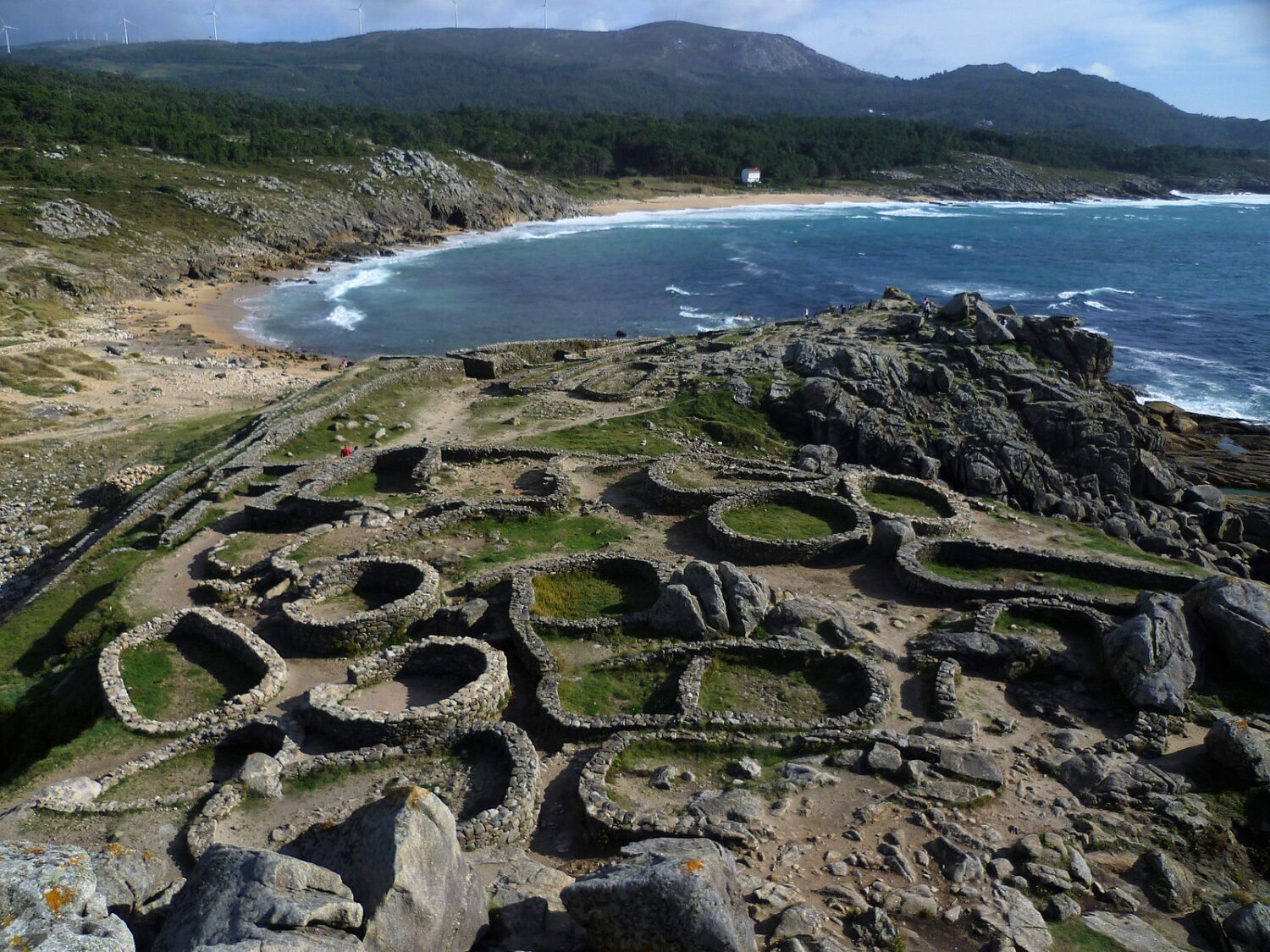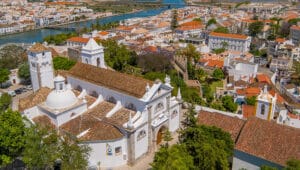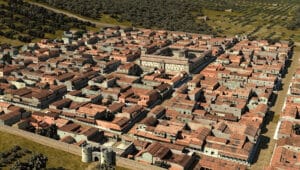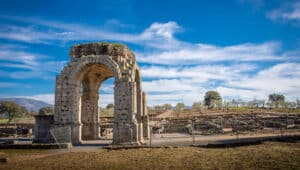This is a revision of an essay which was published in year 2021. Since then, notable advances in archaeological investigative techniques have been made due to improvement in both the machinery employed and the use of digital information aided by artificial intelligence. Additionally, interpretations of the socio-economic evolvement of Celtic people have altered. Corrections thus made are referred to here. To read previous chapters, go to portugalresident.com
Chapter 4 – Addenda: Suggested further reading
- The Celts in Spain – From Archaeology to Modern Identities. By Professor Gonzalo Ruiz Zapatero, president of the Spanish Society for Archaeological History.
He suggests that the current disparity between erudite research and the populist imagery of the Celtic people in pre-history may be resolved by a fusion of interests.
From the truly academic side, he considers that the Iberian record of archaeological research during the past two centuries has not been bright. He attributes this to lack of both finance and trained personnel to undertake investigation on the scale which it merits.
The pre-Roman period has been considered the poor relation of later history. He examples the fact that of more than 300 known hill-top fortified settlements, only 5% have been the subject of full-scale, academic excavation. Some have been partly explored by digs conducted by university students (often foreign) and members of amateur societies, but many important sites (especially those near urban locations) have witnessed a proliferation of assaults by “tomb raiders” armed with metal detectors and pickaxes. Other sites have been used as a source of building materials for the construction of “charm” dwellings.
The populist side has several facets. With the spread of romantic information through film, television and social media, a characterisation of the early Celts in a nationalist sense has been encouraged by communities which lean towards the political right often with racist overtones.
Myths and legends abound in entertaining cartoons, comics, cheap movies and even the tourist brochures of municipalities which may produce profit but do not contain historic truth.
What the professor now proposes is that current research aided by modern detective equipment and AI should collate and correct archives so that an accurate narrative of public interest may be produced to an intelligent level. Hopefully, the deeds of our Celtic ancestors may be celebrated in a dignified, truthful and profitable manner.
- Unity and Diversity in the European Iron Age: Out of the Mists, Some Clarity? By Tina Thurston
Similar views are expressed in this paper which was published by Springer Science+Business Media, LLC in year 2009. “An overarching trend sees the Iron Age Europe as a series of interactive societies with broad similarities which overcome regional difficulties in order to move forward by occupying new territories and developing a civil administration. The collision of traditional and revisionist scholarship has brought, through often heated argument, improvements in this field.”
- The Iron Age in South and Central Portugal and the Emergence of Urban Centres. By Virgílio Hipólito Correia. Proceedings of the British Academy 86, pages 237-262
This is an older but still useful compendium of information collated in the 20th century from a solely Portuguese perspective.

























